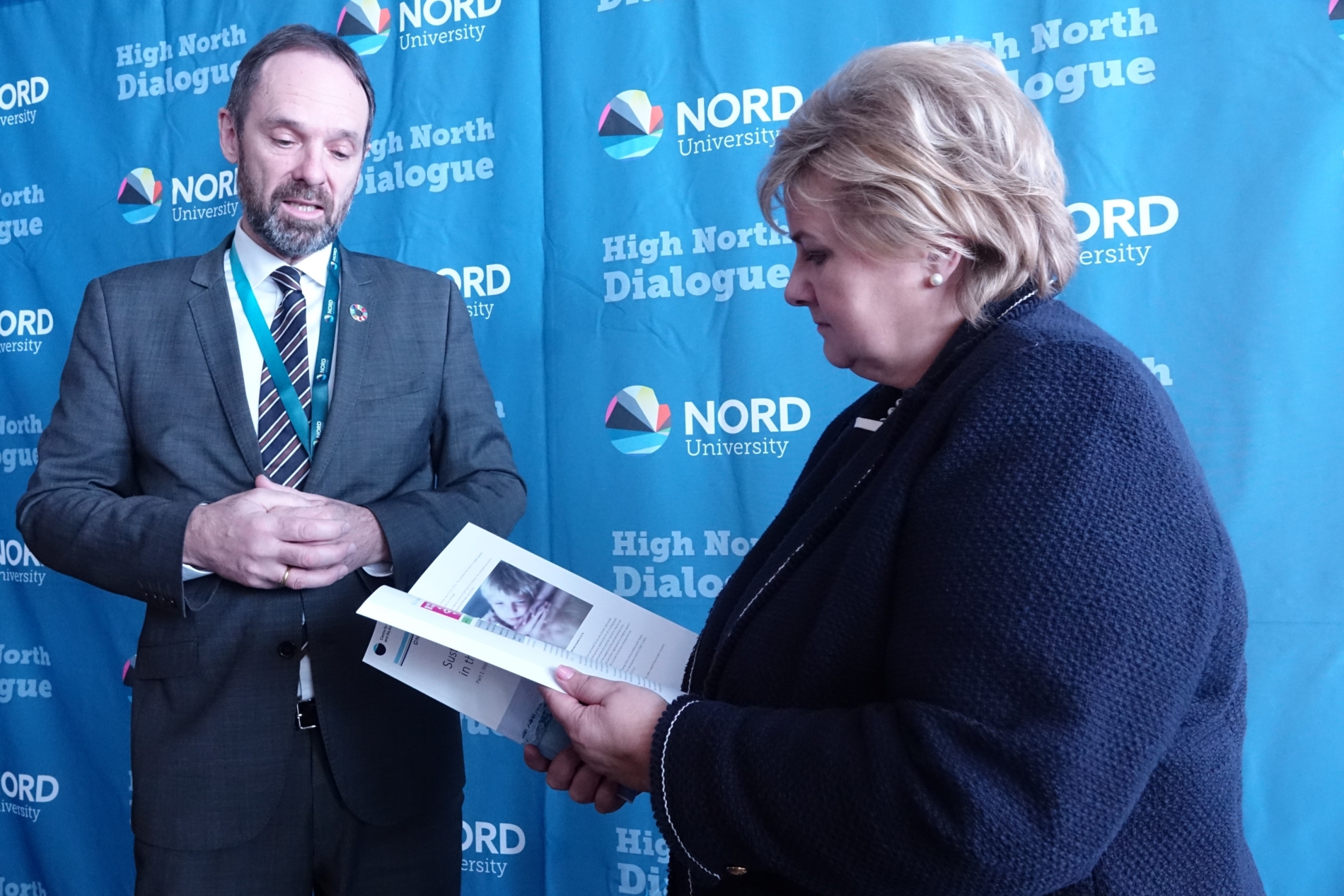Sustainable Blue Economy in the Norwegian Arctic. Part I Status
Download reportThe Centre for the Ocean and the Arctic recently released a status report on blue economy. The report assesses the status of the UN Sustainable Development Goals in the Norwegian part of the Arctic, with particular focus on marine enterprises, their challenges and possibilities.
The report is a result of the project 'Sustainable blue economy in the Norwegian Arctic' which the Centre for the Ocean and the Arctic undertook in collaboration with DNV GL. It is also the first deliverable from the Centre, which opened last year as part of the government's ocean initiative.
Selected themes from the report:
- Maritime activity in the extremely demanding waters of the High North is expanding at a pace that outstrips the development of search and rescue capacity. This places life and health in jeopardy and increases the risk of environmental damage.
- Current transport systems for export of seafood are severely inadequate. The roads are badly in need of improvement and climate-friendly forms of ocean transport are sparsely used.
- Young people in Northern Norway are more likely than those in the rest of the country to drop out of high-school. This is especially true for vocational programmes.
- In both the public and private sectors, Northern Norway has more female top-level managers than the national average.
The report was released during the conference High North Dialogue in Bodø 3 April. The main findings were presented through a discussion between our Director Jan-Gunnar Winther and DNV GL Programme Director Bente Pretlove. Otto Gregussen, the secretary general of The Norwegian Fishermen's Association moderated the session, which was also broadcast live on Facebook. The same day, the Centre for the Ocean and the Arctic delivered the report to Prime Minister Erna Solberg, who was visiting Bodø for the conference.

